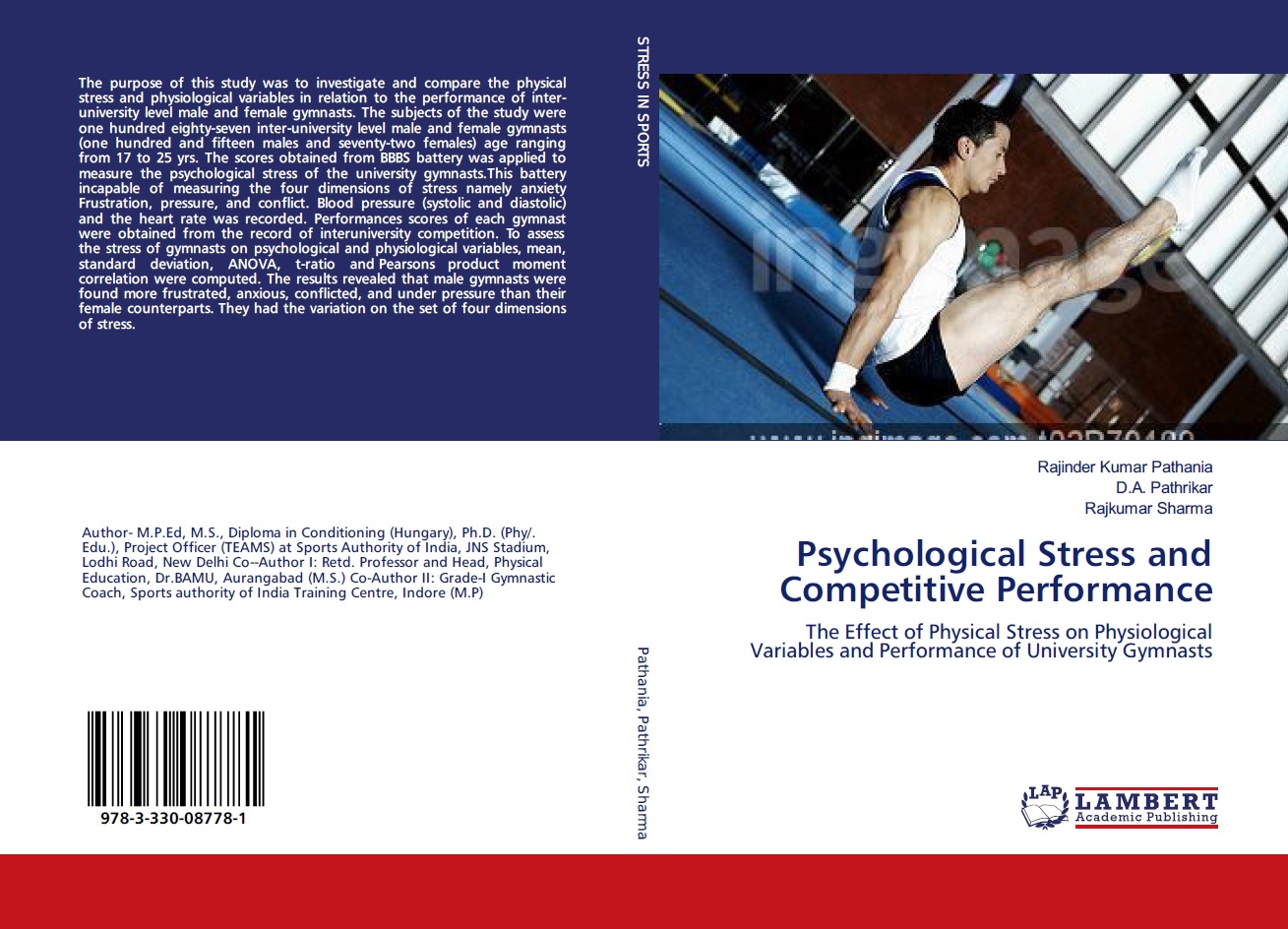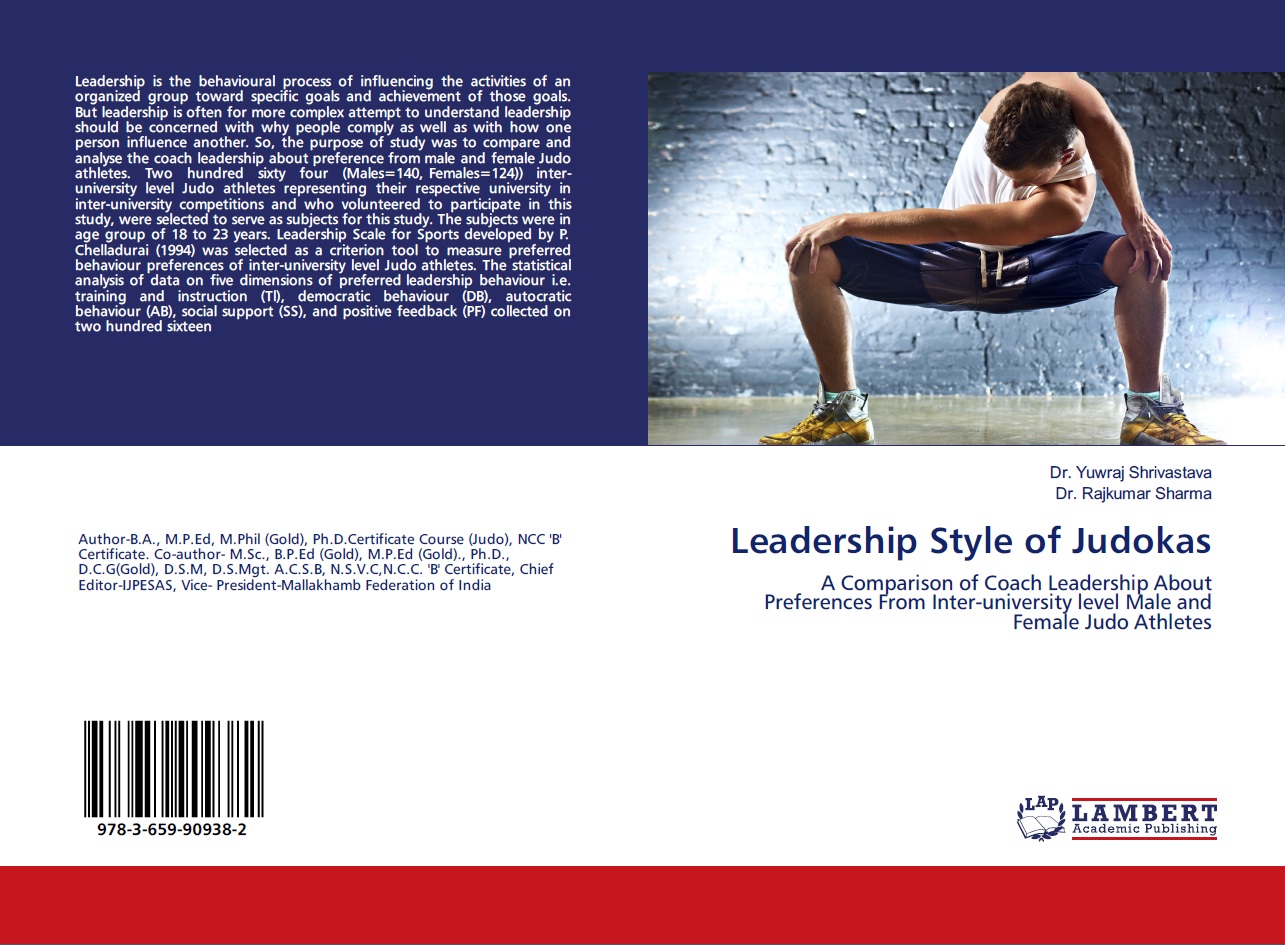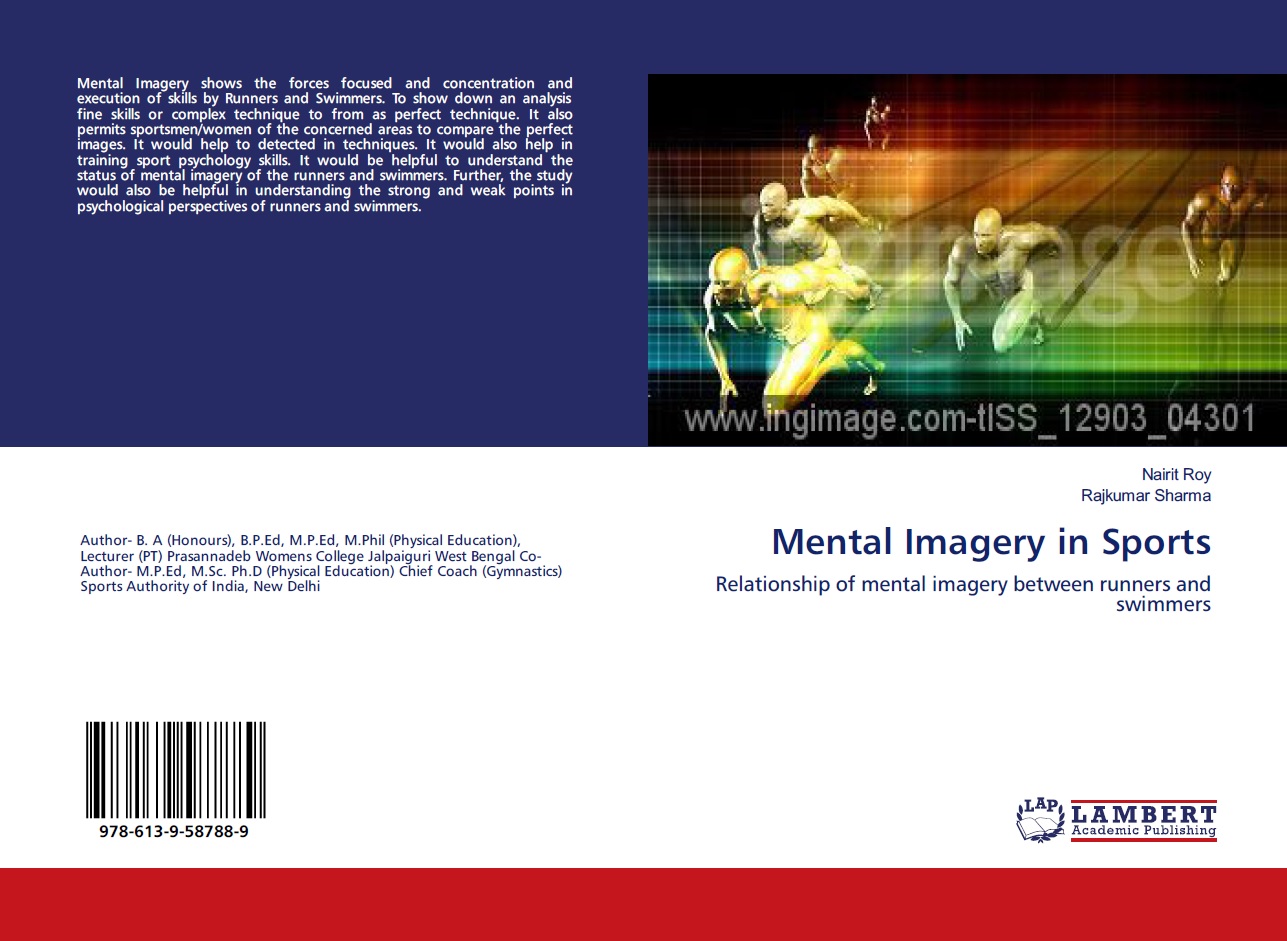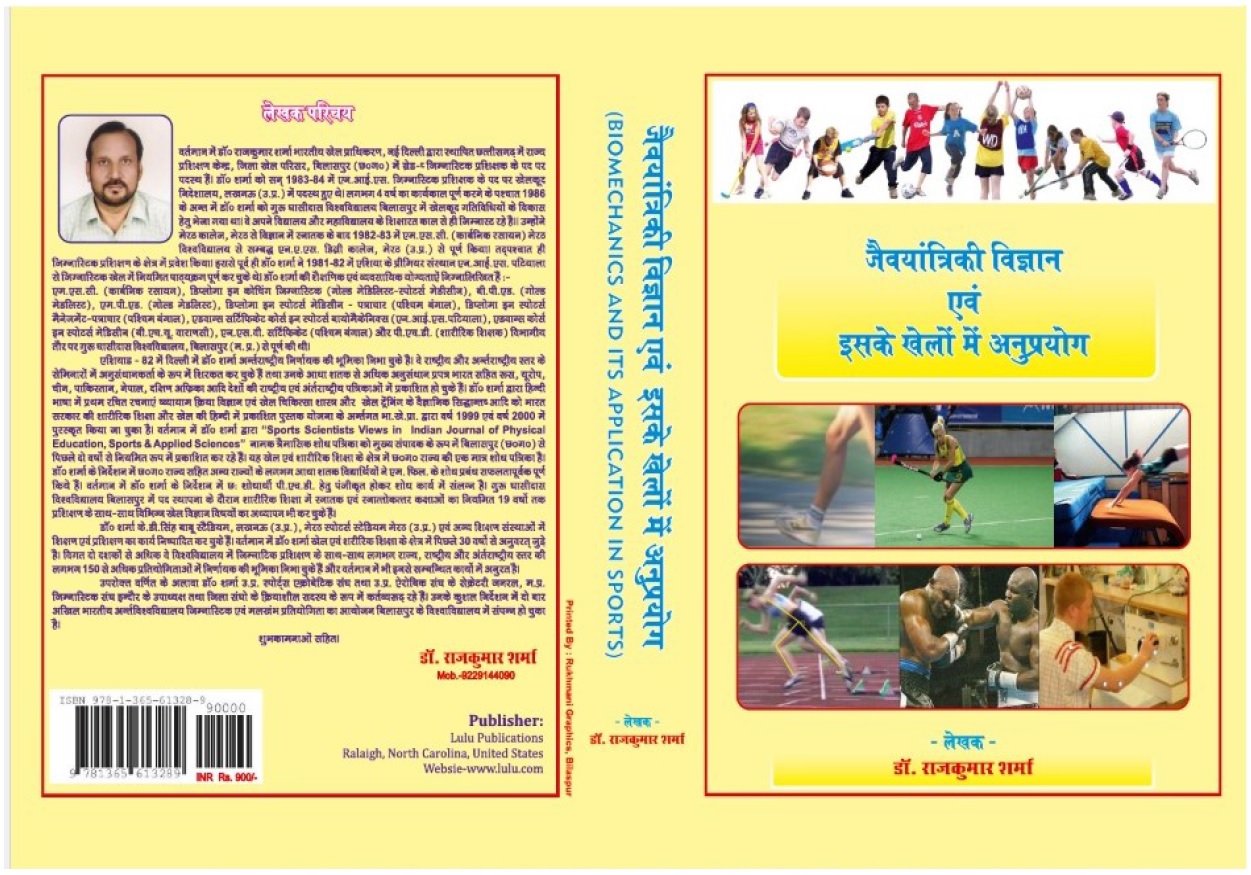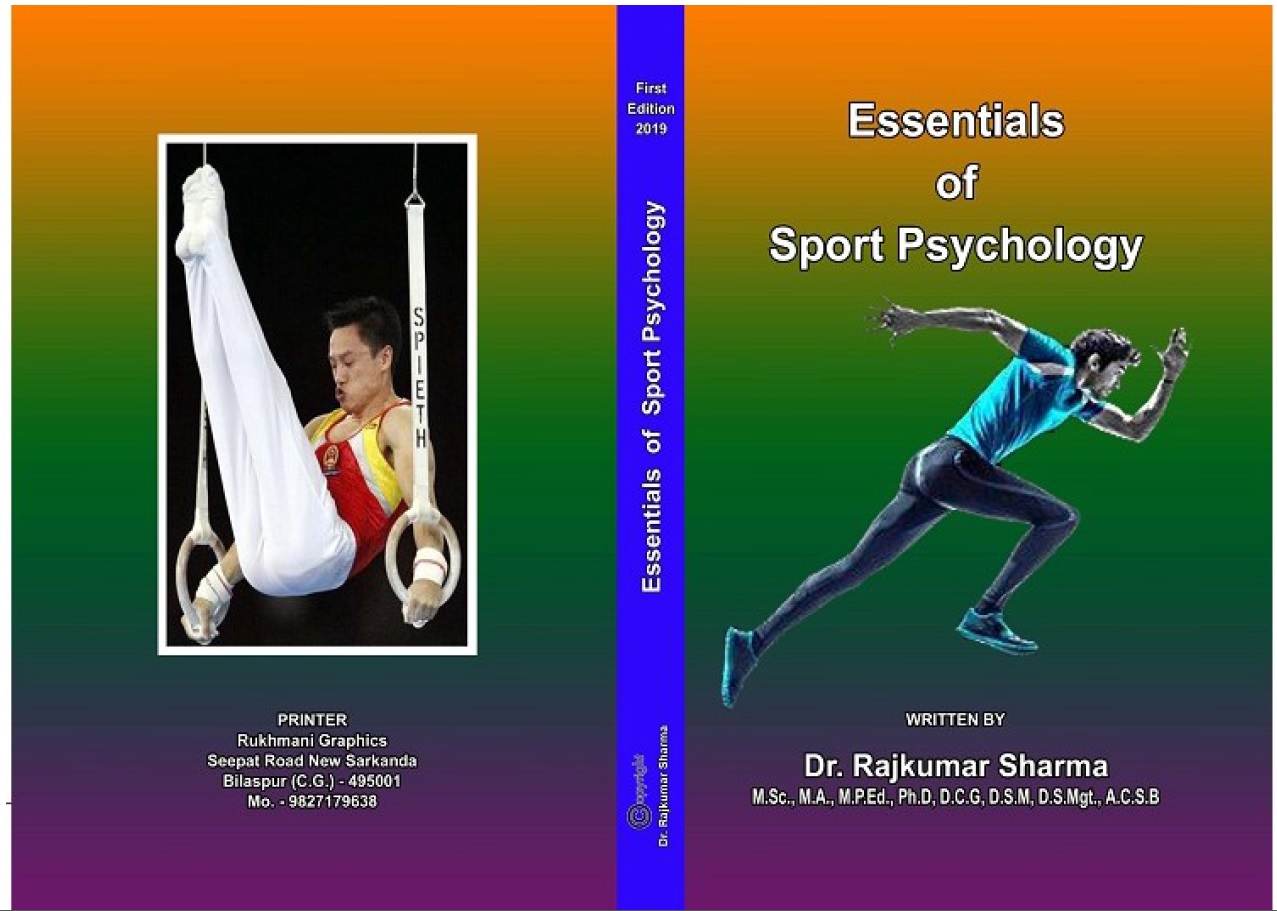| S.No. | Total View Count | Title of Manuscript | Page No | Download/ PDF |
|---|---|---|---|---|
| 1 | A STUDY TO ASSESS THE EFFECT OF PETTLEP IMAGERY TRAINING ON PENALTY FLICK PERFORMANCE WITH TIME PRESSURE CONDITION AFTER DIFFERENT TRAINING DURATIONS ON DIFFERENT TRAINING GROUPS Author: Neha Khare1 & Dr. R.K. Yadav 2 | 56-61 |  8 8 |
Article info
doi no.: 05-2016-44975451, DOI Link :: https://doi-ds.org/doilink/06.2021-27653883/IJPESAS/V11/I2/A10
AFFILIATIONS:
- Research Scholar , Department of Physical Education, Rani Durgavati Vishwavidyalaya, Jabalpur (M.P.) India
- Director & Head, Department of Physical Education, Rani Durgavati Vishwavidyalaya, Jabalpur (M.P.) India
To achieve the purpose of the present research, a purposive sample of sixty National and Inter-University level male Hockey players of 18-25 years in age was randomly divided into four groups. Pre-test and post-test random group design was employed, groups were assigned to three experimental groups and a control group. The experimental groups along with regular hockey practice group ‘A’ received imagery training once per week (lx/wk), group ‘B’ received twice per week (2x/wk), group ‘C’ received three times per week (3x/wk) and the control group participated in regular routine practice. The experiment continued for twelve weeks. The penalty flick performance was evaluated after six weeks, nine weeks and finally at twelve weeks at the end of experiment. On average, the hockey players had at least 3 years playing experienced without previous training in imagery. ANCOVA was used to determine the significance of difference among mean scores of different training groups and control group after different training durations and Repeated measures analysis of variance was used to find out the significance of difference among mean scores of different training durations of different training frequency groups. Results indicated that PETTLEP imagery training for one day per week has no significant effect on hockey players performance. In twice a week PETTLEP imagery training, PETTLEP imagery training given twice a week for twelve weeks is quite effective in improving Penalty flick hockey performance of a player. PETTLEP imagery training with time pressure condition training three days per week for twelve weeks give better results than training for nine weeks.
Key Words: Hockey, Player, Time pressure, national, Inter-university, Levels, Imagery.
References
Baughman, L. (2017). The Effect Of A PETTLEP Imagery Intervention-Based Pre-Performance Routine On Golfer’s Short-Game Performance. M.S. Thesis, Georgia Southern University, Logan Baughman.
Cherappurath,N., Elayaraja,M., Kabeer, D. A., Anjum, A., Vogazianos, P., & Antoniades, A. (2020). PETTLEP Imagery and tennis service performance: an applied investigation. Journal of Imagery Research in Sport and Physical Activity, 15(1), 1–9.
Garza, D. L. &Feltz D. L. (1998). Effects of selected mental practice on performance, self-efficacy, and competition confidence of figure skaters. The Sport Psychologist, 12? 1-1.
Hall, C.R. & Martin, K.A. (1997). Measuring movement imagery abilities: A revision of the Movement Imagery Questionnaire. Journal of Mental Imagery, 21, 143-154.
Lingvall, J. (2019). the Impact of Motor Imagery on Sport Performance and the Brain’S Plasticity. UG Degree Project in Cognitive Neuroscience, University of Skovde.
McNeil, D. G., Spittle, M., & Mesagno, C. (2019). Imagery training for reactive agility: Performance improvements for decision time but not overall reactive agility. International Journal of Sport and Exercise Psychology, Taylor and Francis Online, 1–17. https://doi.org/10.1080/1612197x.2019.1696866
Post, Phillip G. and Wrisberg, Craig A. (2012).A Phenomenological Investigation of Gymnasts’ Lived Experience of Imagery. The Sport Psychologist, 26, 98-121
Vealey, R. S., & Greenleaf, C. A. (2001). Seeing is believing: Understanding and using imagery in sport. In J. M. Williams (Ed.), Applied sport psychology: personal growth to peak performance (4th ed., pp. 237–260). Mountain View, Calif.; United States: Mayfield Pub. Co.
White, A., & Hardy, L. (1995). Use of different imagery perspectives on the learning and performance of different motor skills. British Journal of Psychology,86,169-180.
 admin@sportscientistsviews.com
admin@sportscientistsviews.com

